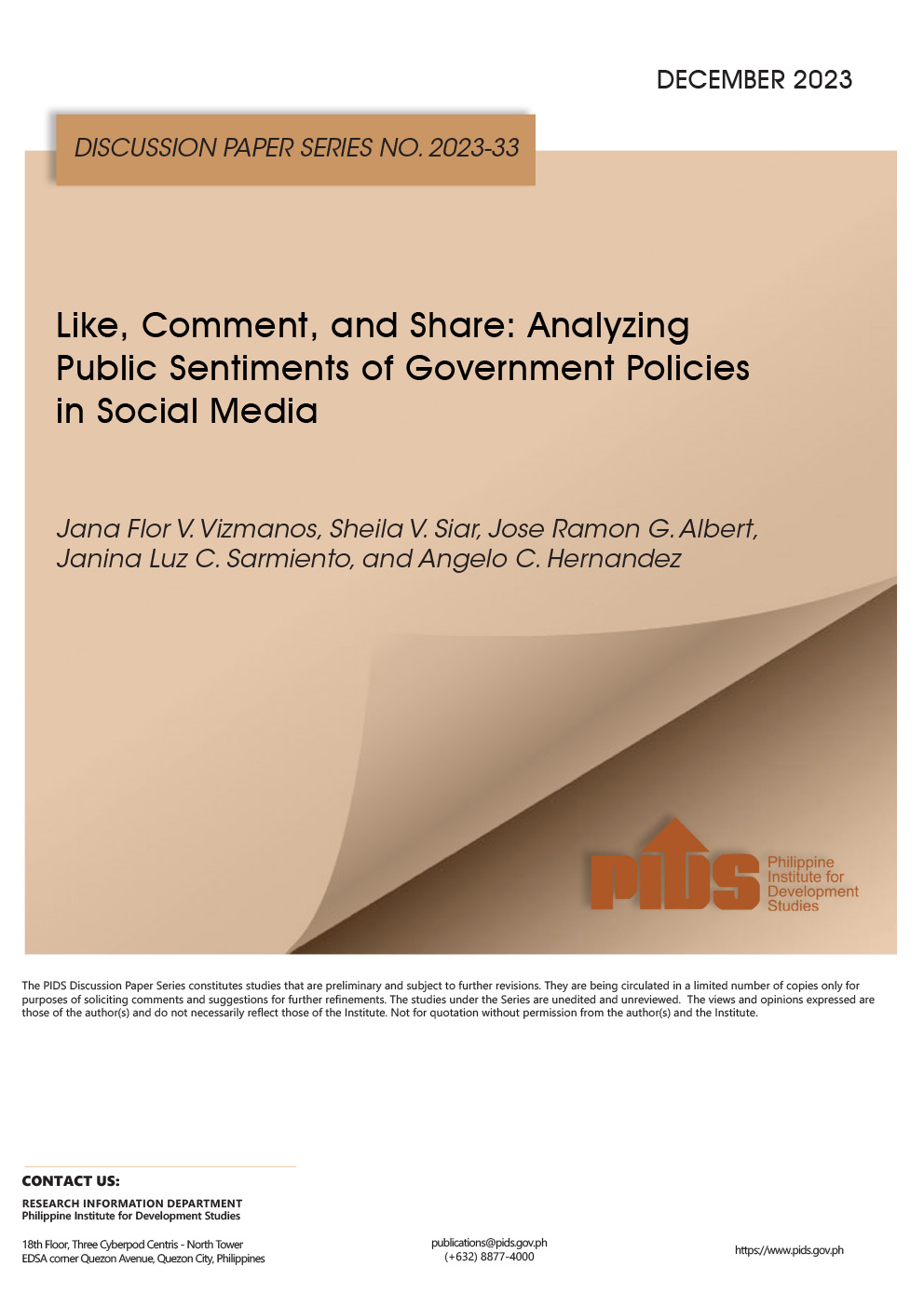No world war broke out over oil, as analysts feared a few decades ago. But war could still break out over water.
The UN convened a meeting earlier this month to address the looming water crisis. With climate change and burgeoning population growth, present water usage is unsustainable – everywhere. The UN called on nations to act quickly on the looming water crisis.
In our case, President Marcos has established a top-level water management council to confront the water crisis. This is a step in the right direction.
Over the next weeks, as El Niño tightens its grip, we will have to come to grips with our own water scarcity. The situation is most grim in the congested National Capital Region and surrounding provinces where over 17 million people depend nearly entirely on the Angat Dam as fresh water source.
This overwhelming reliance on a single fresh water source has been a glaring national security issue for decades. Should something truly untoward happen to that dam, we will have 17 million water refugees, streaming from the crowded urban areas to provinces where fresh water is still available.
The water stock at Angat Dam, during El Niño years, often drops to critical levels. When that happens, supply is diverted from our agriculture to meet the needs of the urbanized communities. This aggravates the sorry state of our agriculture and deepens our food insecurity.
Over the next few years, advances in filtering technology should allow us to better reuse our water supply, including the stock of fresh water at Laguna de Bay. In about four years, fresh water supplies for the metropolitan region will be supplemented by supplies from the Kaliwa River dam project. The importance of this new supply, from fresh water otherwise freely flowing out to the Pacific Ocean, cannot be understated.
The strategic value of redirecting fresh water flow from the Kaliwa River for residential and industrial uses in the epicenter of the national economy is fairly obvious. It has not, however, been an easy project to undertake.
Building a dam to impound fresh water from Kaliwa River was first proposed in the seventies, during the presidency of Ferdinand E. Marcos. Opposition from environmentalists and indigenous people residing in the area stalled the project, however.
In 2012, the project was taken up once more, initially exploring Japanese technical and financing support. Negotiations dragged on and on.
In 2016, president Rodrigo Duterte revived the proposed water diversion project. This time, financing and technical support was extended by China. The project broke ground and President Ferdinand R. Marcos Jr. committed to complete it. According to the MWSS, the project is now 22 percent accomplished and should be completed by the end of 2026.
Meanwhile, water demand from the highly urbanized National Capital Region continues to rise. The rise in demand will be sharper as the economy expands rapidly. Our water deficit will grow just as sharply.
Angat Dam, the single source of fresh water for the metropolis, is a 56-year-old facility. When stocks are adequate, this facility can supply 4,000 million liters per day (MLD) to the urban center. Of this, 2,400 MLD is allotted for the west zone while 1,600 goes to the east zone.
In 2010, according to the MWSS, demand for water from Angat Dam was already at 4,395 MLD. By 2020, even as the economy contracted due to the pandemic, demand had already risen to 5,680 MLD. This is not sustainable.
According to the Philippine Institute for Development Studies, an average Filipino person consumes between 48 to 108 liters of water per day. If we do not enforce water conservation measures, water demand from the NCR alone could rise to about 1.46 billion liters per day. There is no way this could be supplied, given that as an archipelago we have only small rivers and small mountain ranges.
Clearly, we needed the Kaliwa River water yesterday – or a decade ago. But the deceptive calibration of costs and benefits, especially by populist politicians, delayed a project that would save the NCR from going dry.
Even as we await the completion of the Kaliwa Dam, water might have to be rationed in the metropolitan area over the dry months. El Niño might make our predicament even more severe.
There will be great inconvenience to be endured by millions of water consumers until new supplies from the new dam become available. This will have to be blamed, not on government’s lack of foresight, but on the political opportunism of some of those who opposed the project.
The area to be affected by the Kaliwa River project used to be a base for armed communist insurgents. This likely explains to effort of leftist groups to mobilize local communities in their effort to block progress.
Even as armed communist bands might continue to harass engineers working on the project, they cannot stop it. The MWSS has already obtained the consent of the elders of the Dumagat-Remontado tribe. Studies of the affected site show that about 5,000 indigenous people will be adversely affected. They have set up foundations that will receive payments for the disturbance the projects might cause.
Statistics show that 69.1 percent of our country’s total water supply is consumed by the agricultural sector. We need new investments in more efficient agricultural technology to correct this wasteful situation.
Our approach to the accumulating water deficit needs to be comprehensive. Everything, however, begins from the recognition that the country is already in the throes of a water crisis.

